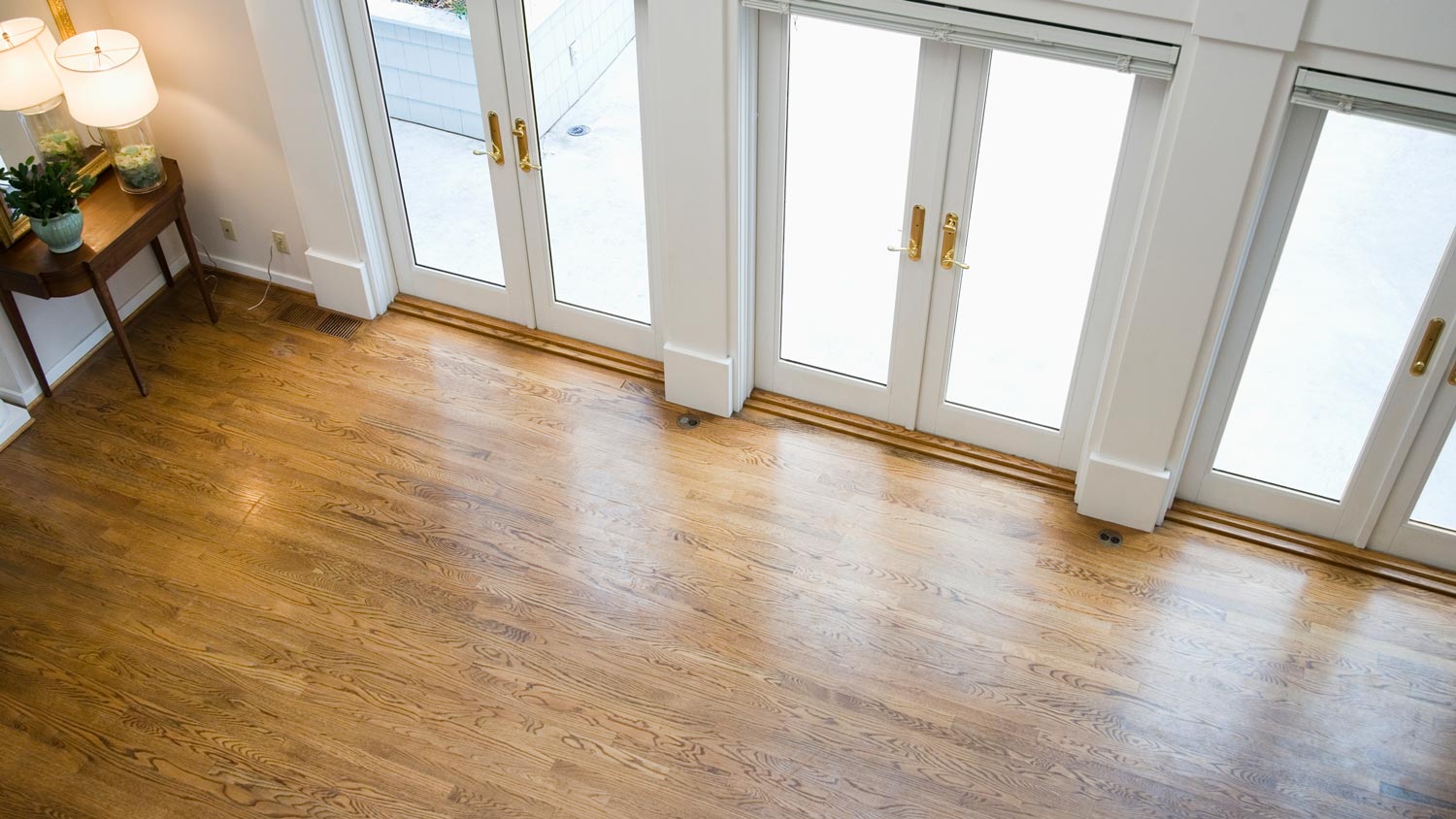
Slate is tough and durable, but is it the right choice for your floors? Learn more about the average slate flooring cost to see if it fits within your budget.
Ease the transition between rooms with this simple DIY


Fresh new carpet can transform a room, instantly making it feel warm and cozy. But sometimes, the transition from carpet to another flooring material can be jarring. Carpet transition strips ease that changeover, improving the flow of your home while preventing your floor from becoming a tripping hazard. Learn how to install carpet transition strips to give your floor a more polished finish.
Before installing carpet transition strips, you’ll need to choose the type of strip you want to use.
Aluminum transition strips are the most common type of strips for carpets. They’re also the cheapest option.
Hardwood transition strips can be used if you’re installing the strip between a carpeted room and a hardwood floor. They’re often shaped like a T, with the vertical portion slotting between the two flooring types and the horizontal portion creating a smooth transition.
Vinyl transition strips are used similarly to hardwood transition strips, though they are less durable. They come in various colors, including hardwood-look at a lower price.
Carpet transition strip installation is an easy DIY that, depending on the size of the area, can be completed in a few hours.
Once you’ve chosen the transition strips, remove any old strips before proceeding with installation. Carefully lift them from the floor with a pry bar, then scrape or utility knife any leftover glue or molding.

Next, grab a tape measure and calculate the threshold length where you plan to install the transition strips. Measure from one end of the opening to the other without leaving any expansion gaps.
Once you know the installation area length, cut the transition strip to size using a hacksaw. Careful measuring is essential to ensure that the strip is the precise size of the opening where it will be installed.

You can glue or nail the transition strip in place, depending on your subfloor type and your chosen transition strip.
If using glue, apply it either directly to the floor or to the back of the transition strip, then place the strip on the floor, putting pressure on it as you do to encourage it to stick. You can also stick tape across the transition strip or place a heavy object on top to hold it still while the glue adheres.
If you’re nailing the strip in place, lay it down and drive the nails into the rail to secure it. You may prefer to use screws instead of nails, depending on the transition strip material.
Installing transition strips is a relatively simple task for novice and experienced DIYers. If you tackle this project yourself, you’ll need the correct tools to ensure a secure installation. If you prefer to leave this project to the pros, you can hire a local flooring company to install carpet transition strips.
From average costs to expert advice, get all the answers you need to get your job done.

Slate is tough and durable, but is it the right choice for your floors? Learn more about the average slate flooring cost to see if it fits within your budget.

Installing new baseboards can totally refresh the look of your walls. Learn about the cost to install baseboards in your home.

The cost to rip up carpets and install laminate depends on factors like labor prices, materials, and location. Use this guide to get a detailed cost overview.

Should you nail or glue baseboards when completing a room’s trim? Here’s how to evaluate the pros and cons of each, then make the right choice for your project.

Updated flooring can make any room in your home feel brand new. Explore flooring installation costs in Chicago, IL, from materials to labor costs.

Learning how to install transition strips in doorways makes the transition between rooms smoother and protects the edges of the flooring.